1870s and 80s: William Mackie and Jerry Rogers
In the mid 19th century the governor of the Colony of British Columbia, James Douglas, passed a law allowing settlers to claim up to 160 acres of land, and William Mackie, an early settler, logger and former gold miner, took it upon himself to claim District Lot 472 (DL 472). Mackie registered his 160 acres, located between what is now 16th, 25th, Oak and Cambie, in 1874, paying $160. When the Canadian Pacific Railway (CPR) decided that Burrard Inlet would be their terminus for the transcontinental railway, the company was given 6000 acres south of False Creek, all except for DL 472.
The centre of DL 472 was the land that would become Douglas Park, and when Mackie arrived, it was a well-used pasture for elk, contained a meadow, small lake and beaver dam, and was full of wild berries, often gathered by indigenous women. There was also a small creek running across the lot, which became known as Mackie Creek, and it ran from about what is now 26th and Willow to 6th and Heather.
In 1875 the logger Jerry Rogers, set up camp in DL 472. He had built a skid road up to Little Mountain in order to fell timber there and transport it down to False Creek, and the logging camp for this operation was set up in the pasture land, as it was perfect for his oxen to graze. It was on this skid road that Rogers set up the first mechanized logging in British Columbia, using an old steam tractor engine to create a tramway to transport logs and this operation continued into the early 1880s.
Mackie’s nephew, William Symes Mackie, arrived in Vancouver in 1882 and in a 1937 interview with the Vancouver Archives he remembers that his uncle’s land was “a little flat with a creek running through it, and [Mackie] had most of that flat cleared when I came in 1882.” William Symes “brought with [him] a lot of cabbage and onion seeds, and [he] sowed them there, on the site of what is now Douglas Park.” According to Major Matthews, this was the first “European” garden to be planted south of False Creek. The road leading to Mackie’s land was named Heather Street around this time.
1880s-1926: Gardens and Development
In 1883, Mackie sold his land for $2000 to Gordon Edward Corbould, a barrister from New Westminster, who surveyed and subdivided parts of the lot, selling to speculators. Extensive logging was done at the time, and with the population and development boom, DL 472’s value had increased to $20,000 by 1887. The produce gardens on the centre pasture had grown popular, and they were left on the land, sparing it from development.
Around 1889-1901, the four blocks making up future Douglas Park were sold to Jessie Columbia Hall (daughter of famed early squatter and settler Sam Greer), and her husband James Z. Hall (Vancouver’s first notary public). While not suitable for building, the swampy pastureland remained very fertile, and the Halls leased it to a Chinese immigrant called Ah Mew, who ran a market garden on the land from approximately 1901-1926. The lot was well-known in the neighbourhood as the “Chinese Vegetable Market,” and Victoria Produce Company in Grandview was one of the many stores who sold its produce.
In the 1910s and 20s, houses were quickly popping up on the land surrounding the gardens, and development continued in the general area as the CPR began subdividing their property that surrounded DL 472. Interestingly, because of earlier subdivisions within the lot, few of the streets are in line with the ones laid out by the railway.
1926 – Present: Douglas Park
In 1926, James Hall died, and Jessie sold the pastureland to the municipality of Point Grey, which created a 13 acre park with the land, forcing the Chinese market garden to leave. After a community naming competition, the new park was christened Douglas Park, after Governor James Douglas.
Over the years the creek had attempted to be controlled with underground culvers and sewers, but the land was still swampy, with parts of the creek running across it. In 1927, drainage of the park started, and Mackie Creek became one of Vancouver’s lost streams. A year later, a pavilion was built at the centre of the park, and a walkway down the middle was created, with new trees planted along it, as well as four willow trees planted at the corner of Heather and 20th. In the early years, and there were various recreation activities going on at the pavillion, and Vancouver Health Board operated Well Baby Clinic there as well. Two cricket pitches and four baseball diamonds were created, and in 1946, the wooden pathway around the park was replaced with a paved sidewalk.
1966 saw the building of a new recreation facility, a building which has evolved into the Douglas Park Community Centre, and soccer and rugby fields were also added at this time. In the 1990s, the centre was renovated with a new lounge, lobby and front office, the west field was redeveloped to fix continuous drainage problems, and a 1 km jogging path was put in around the edges of the park. Over the years, a number of commemorative trees have been planted at the park, and there is a display outside the Community Centre that describes the trees and events and people being remembered.
Today, the centre offers pottery studios, a gym, tennis courts and a fitness centre. According to the Park Board, the Douglas Park Community Centre is one of the most popular in Vancouver, and the park is a popular sports ground with facilities for baseball, softball, cricket, running, as well as a wading pool. In 2018, the Park Board approved a plan to build a new playground at the park, a design which will pay homage to the park’s early history as a beaver lake and dam.
Public Art at Douglas Park
There are several public art pieces in Douglas Park. The Ethnic Harmony Mural was painted in 2001 on the south side of the community centre, and based on the premise that “working and playing together often helps us understand others from a different cultural background”. It was organized by the Vancouver School Board Race Relations Youth Advisory Committee, and created by students.
Also in Douglas Park, artist Celine Rich’s five concrete benches curve around large trees. Visitors can enjoy a break as they touch and observe the many copper plaques embedded in the bench. The plaques were the result of workshops with area residents and neighbourhood schools. Working with simple geometric shapes, participants learned to engrave and punch out designs and words in copper. A total of 600 plaques were created, with more than 100 embedded into each concrete bench.
Nearby Places That Matter
Sources
- City of Vancouver Park Finder
- Douglas Park Community Centre Website.
- Durante Kreuk. “A Brief Anecdotal History of Douglas Park.” May, 2001.
- Kerr, Jessica. “Douglas Park slated to get new playground.” Vancouver Courier. 22 Feb. 2018.
- Matthews, James. Early Vancouver.
- McPhedran, Kerry. “The Parks of Vancouver.” In The Greater Vancouver Book edited by Chuck Davis, 628-632. Vancouver: Linkman Press, 1997.
- Smedman, Lisa. Vancouver, Stories of a City. Vancouver: The Vancouver Courier Newspaper, 2008.
- Steil, John and Stalker, Aileen. Public Art in Vancouver: Angel Among Lions. Vancouver: TouchWood Editions, 2009.



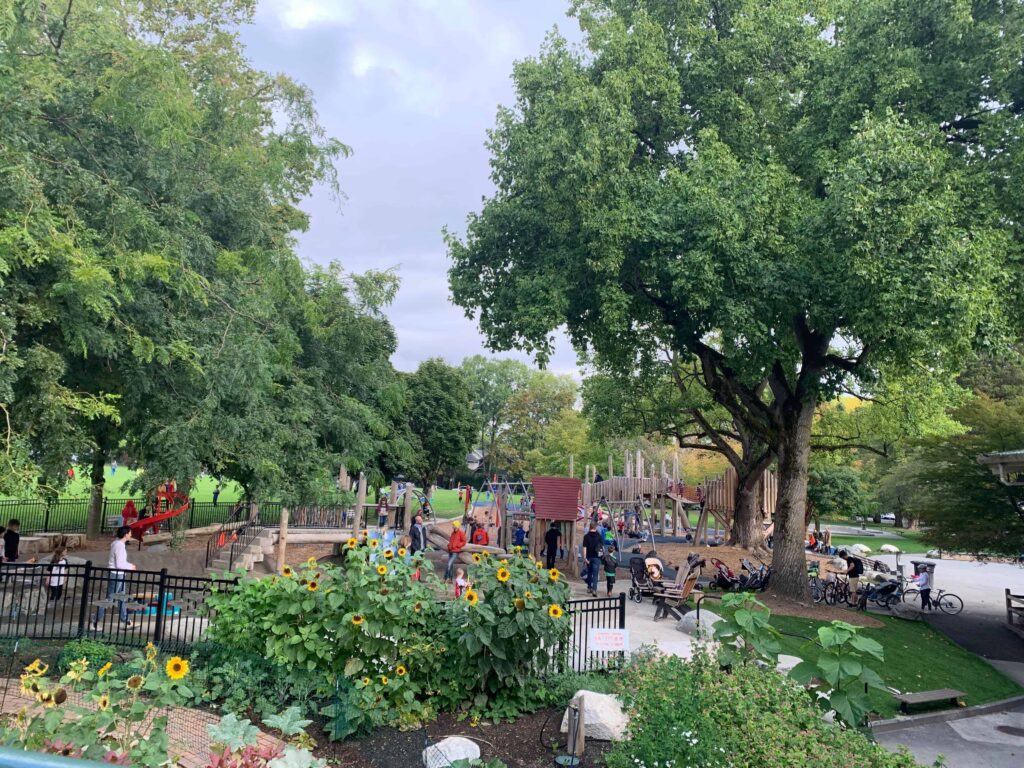
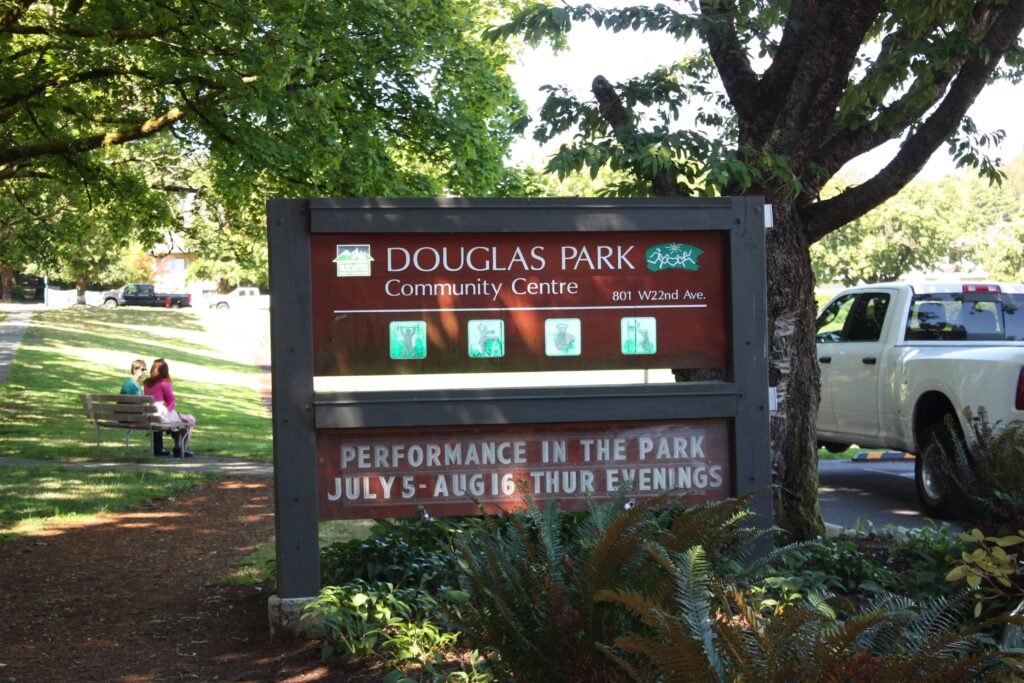
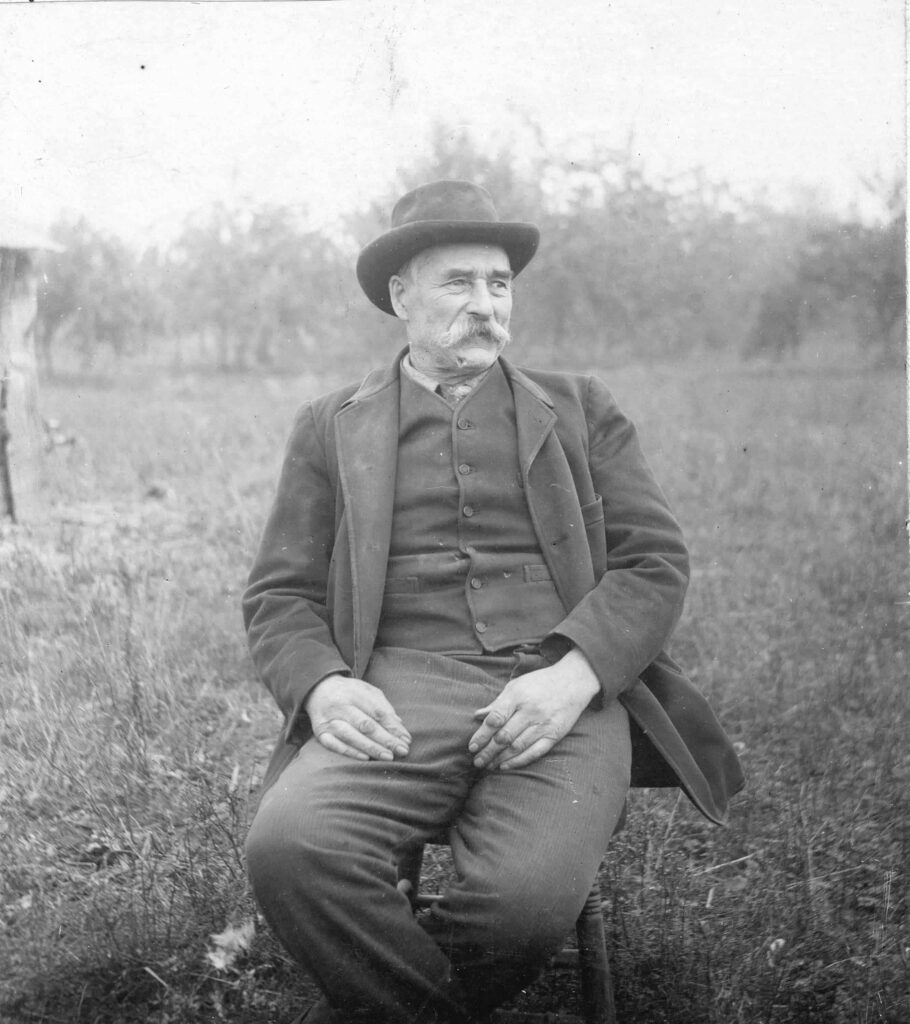
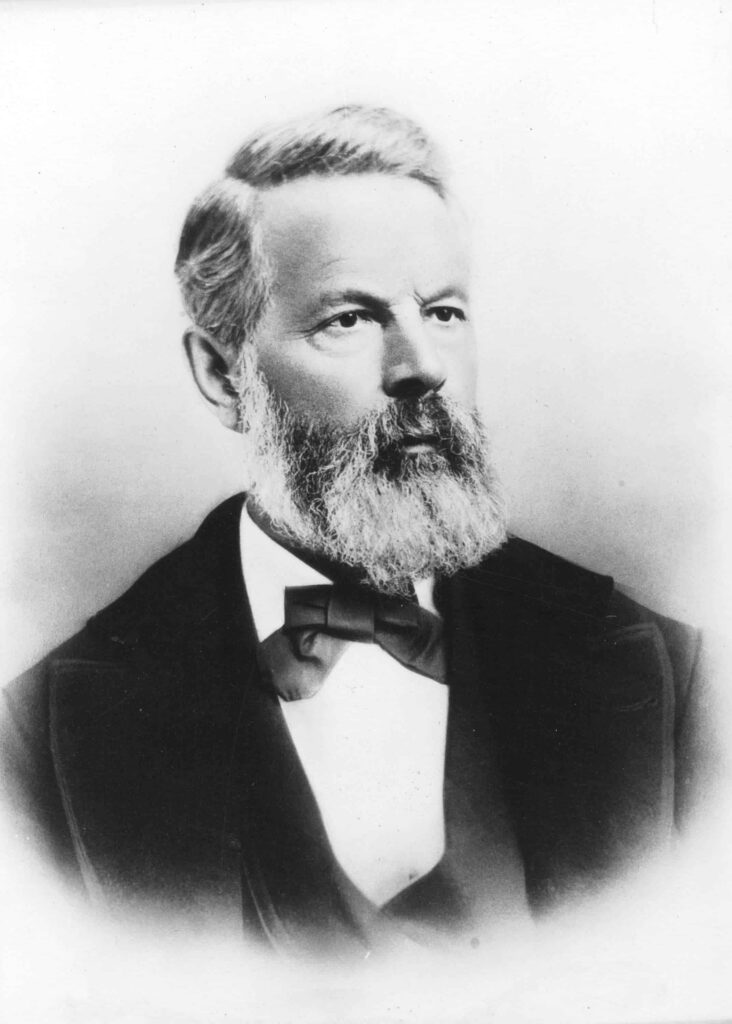
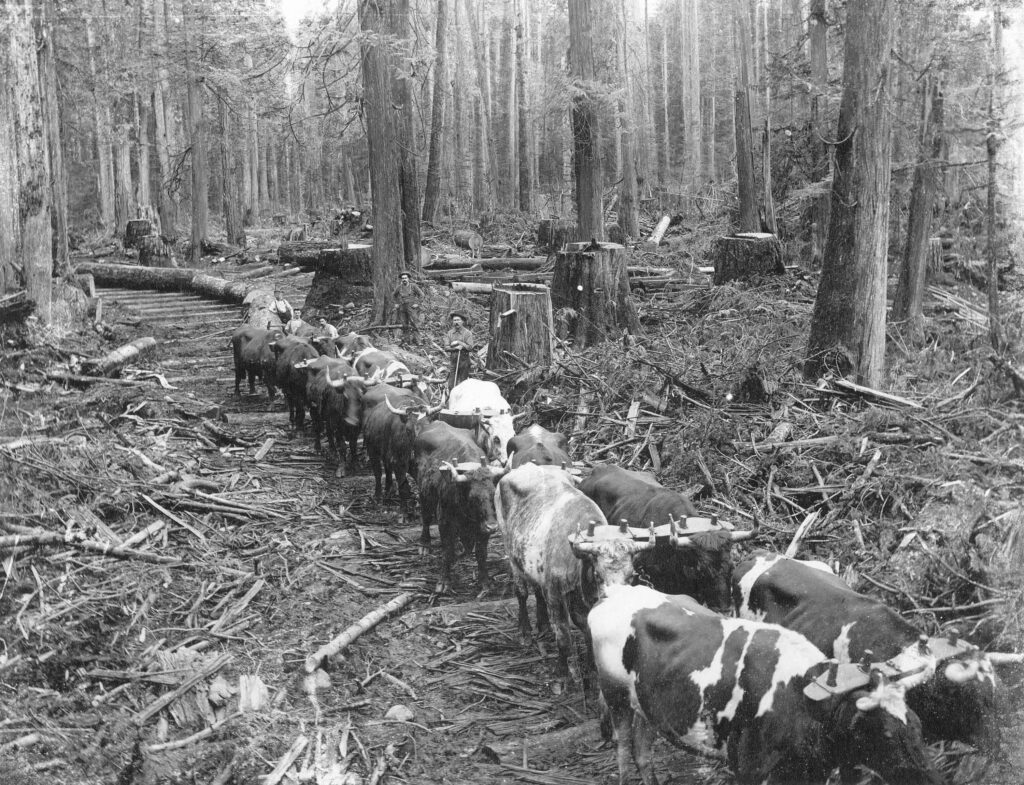
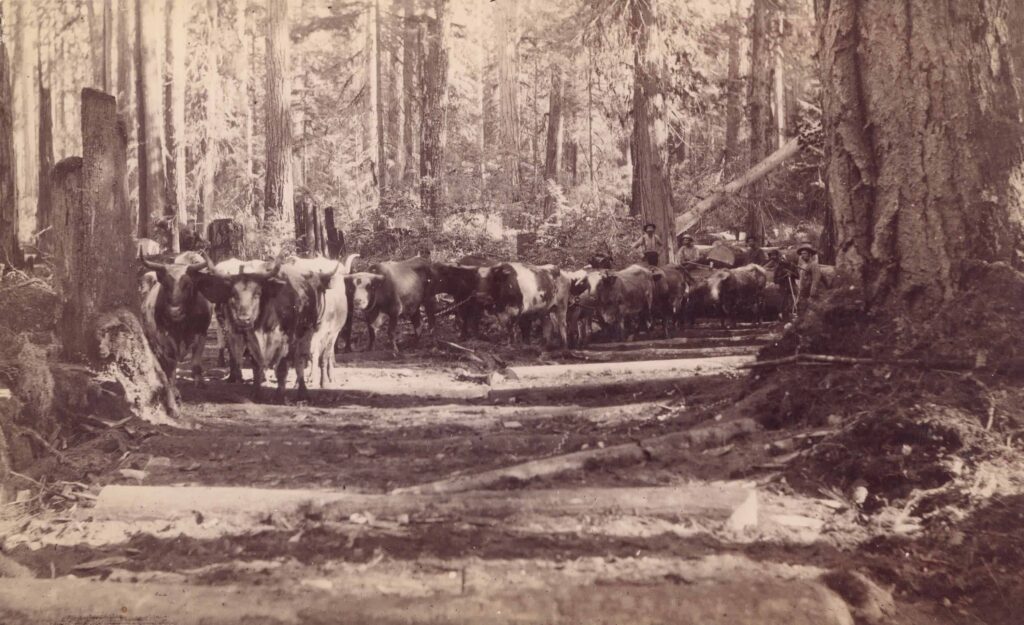
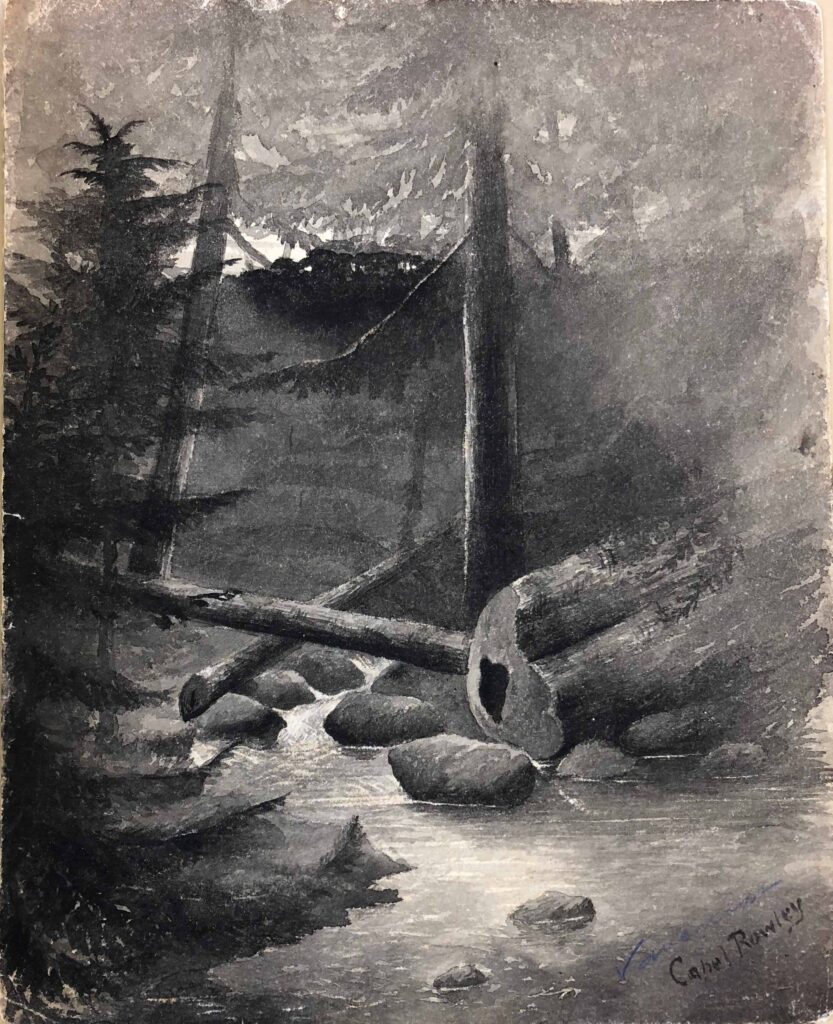
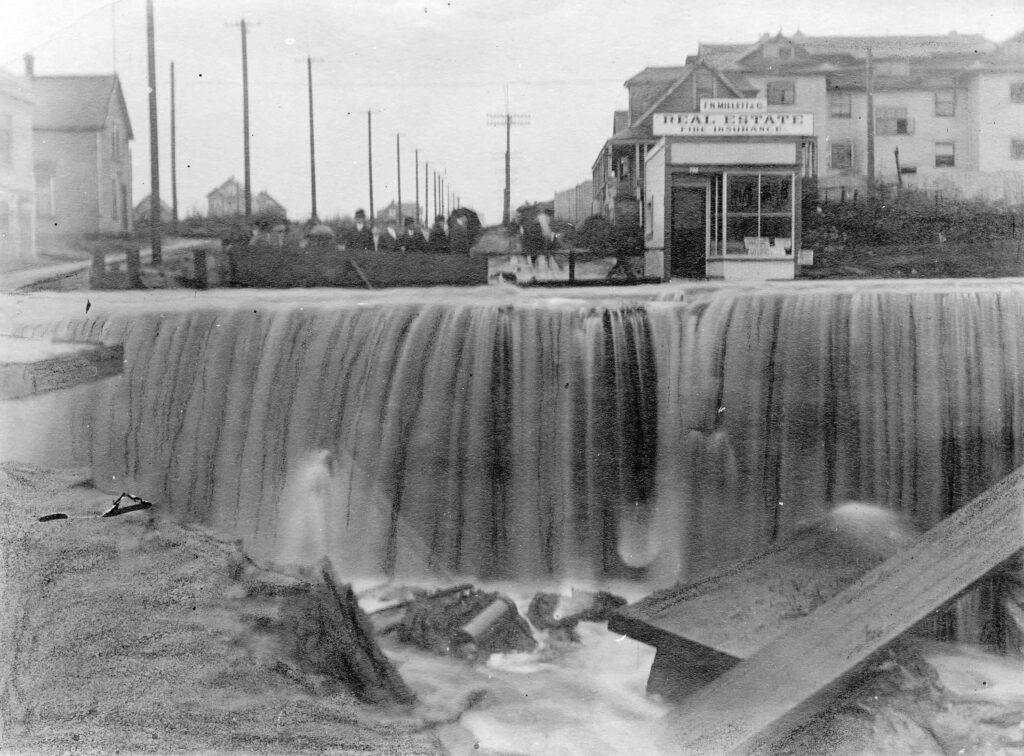
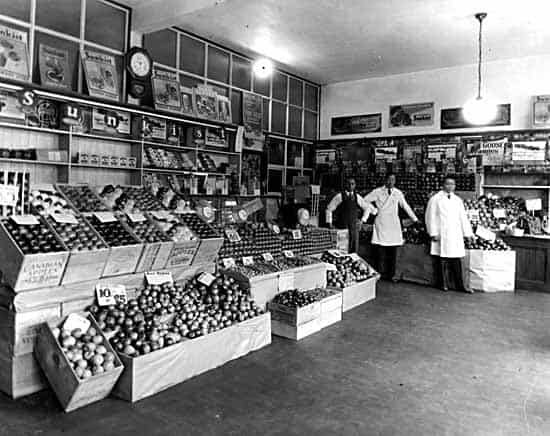

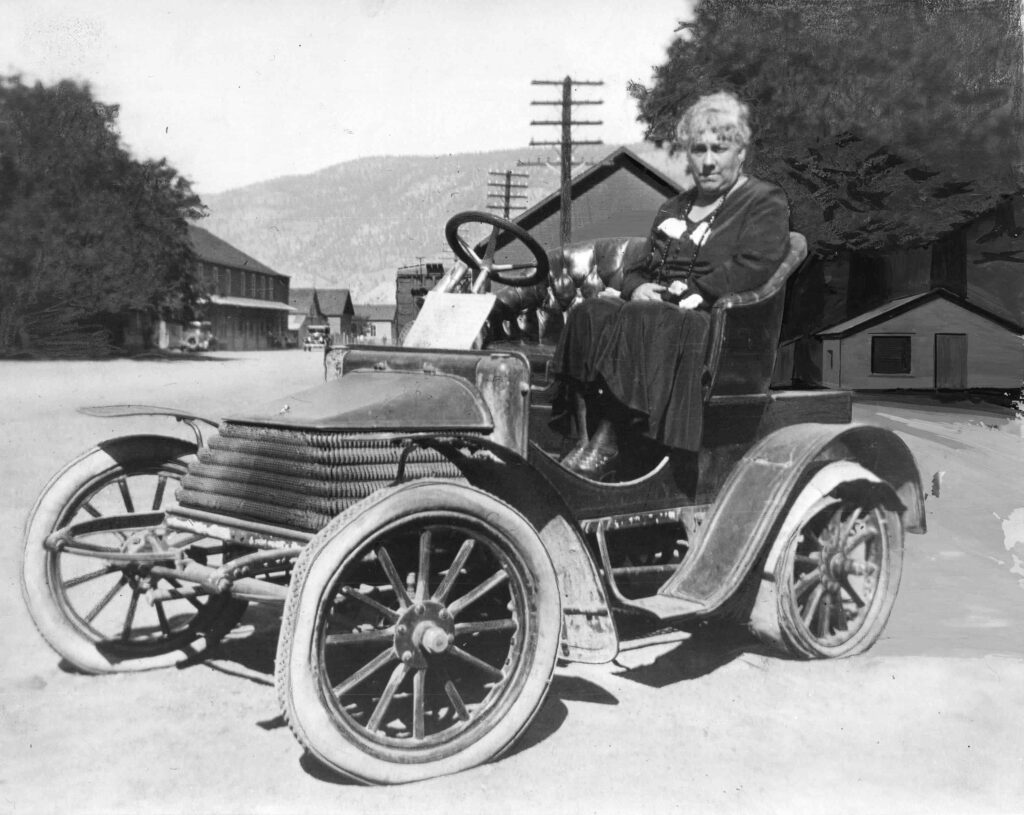
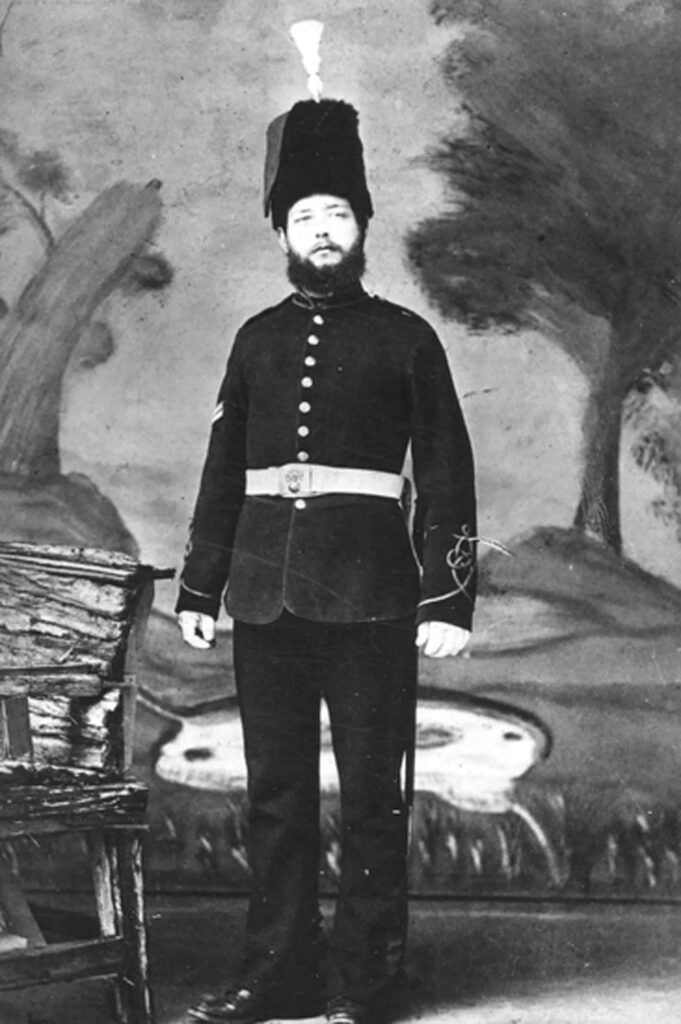
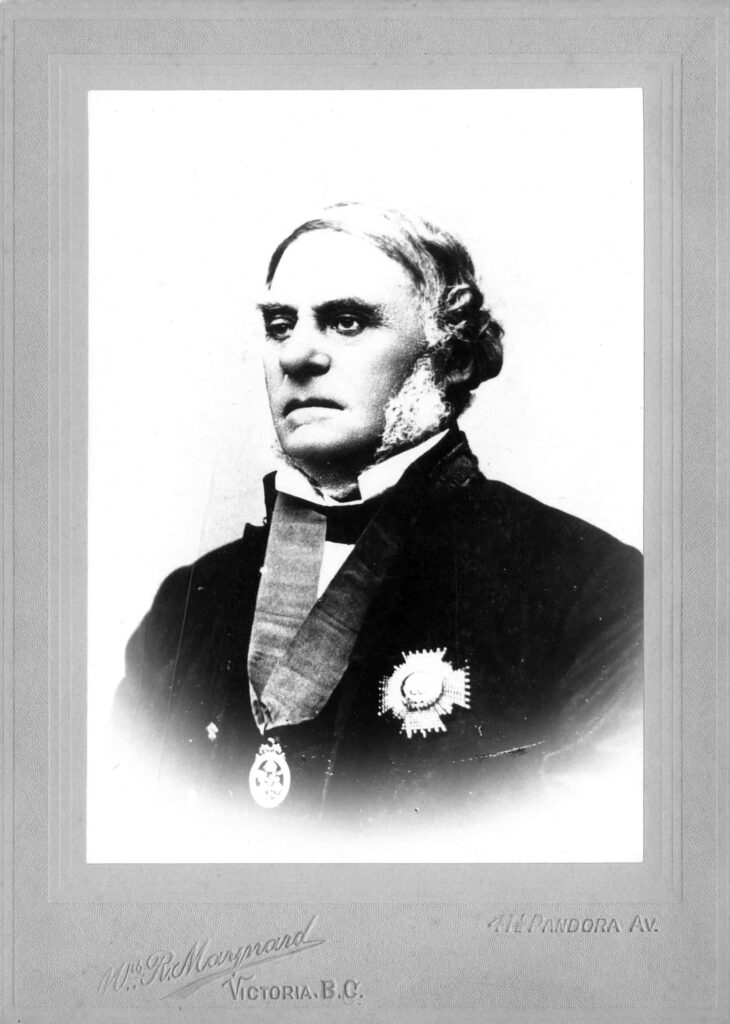
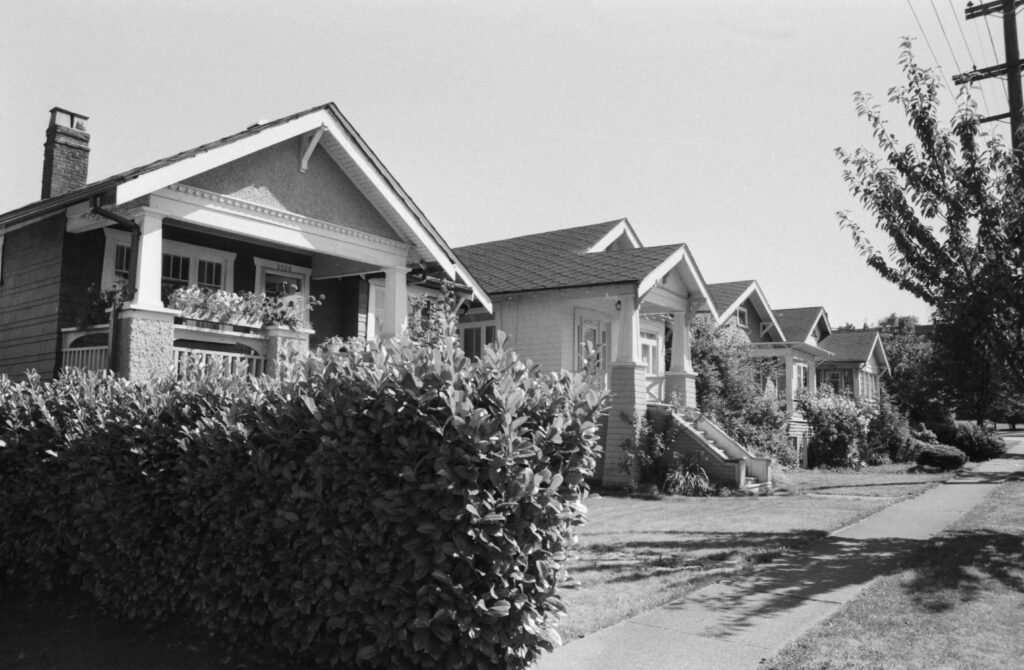
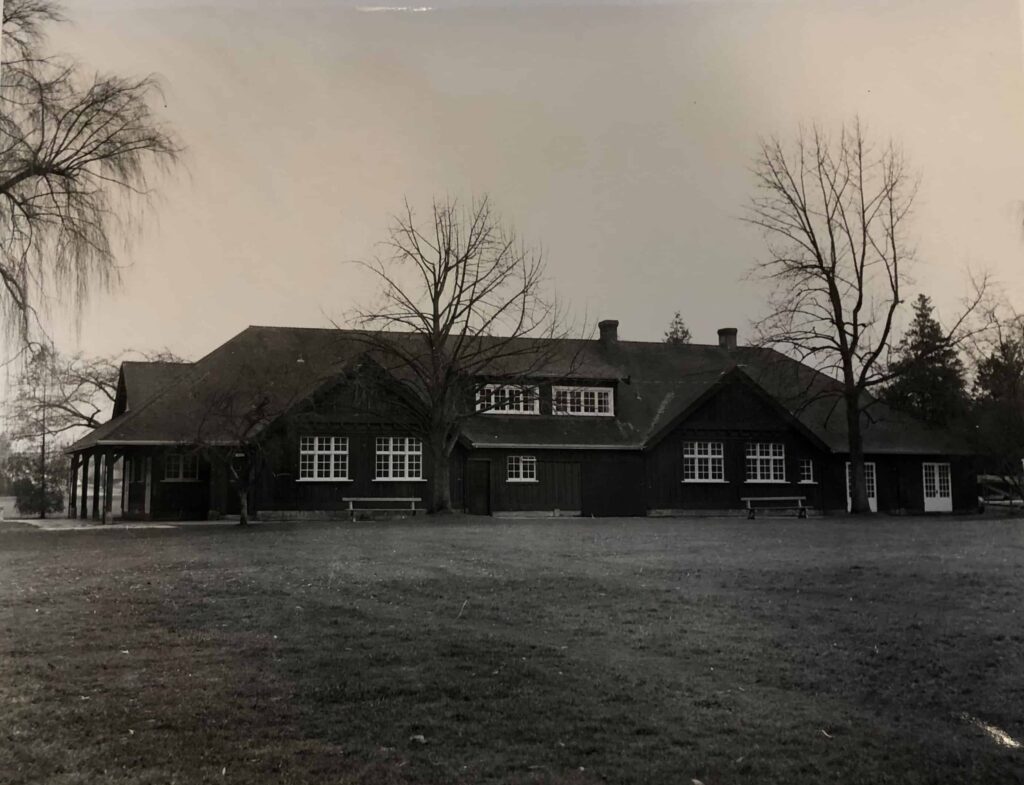
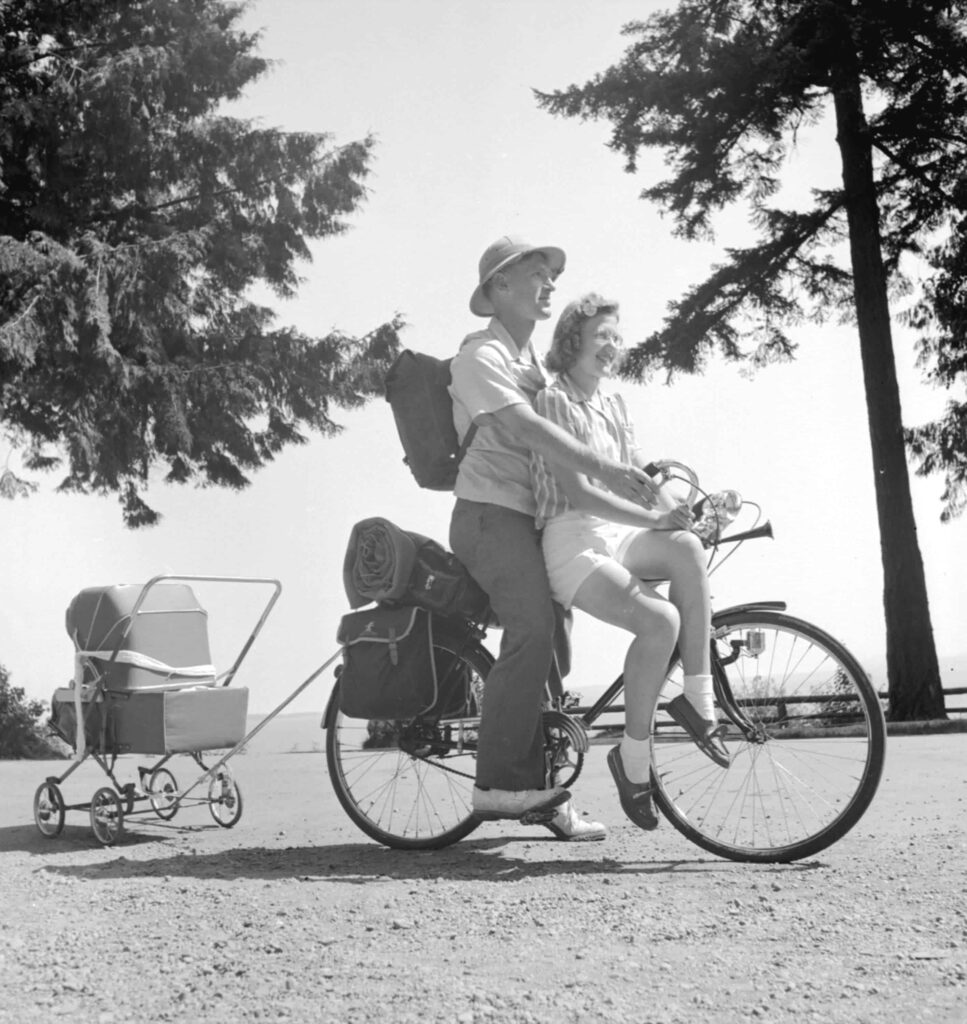
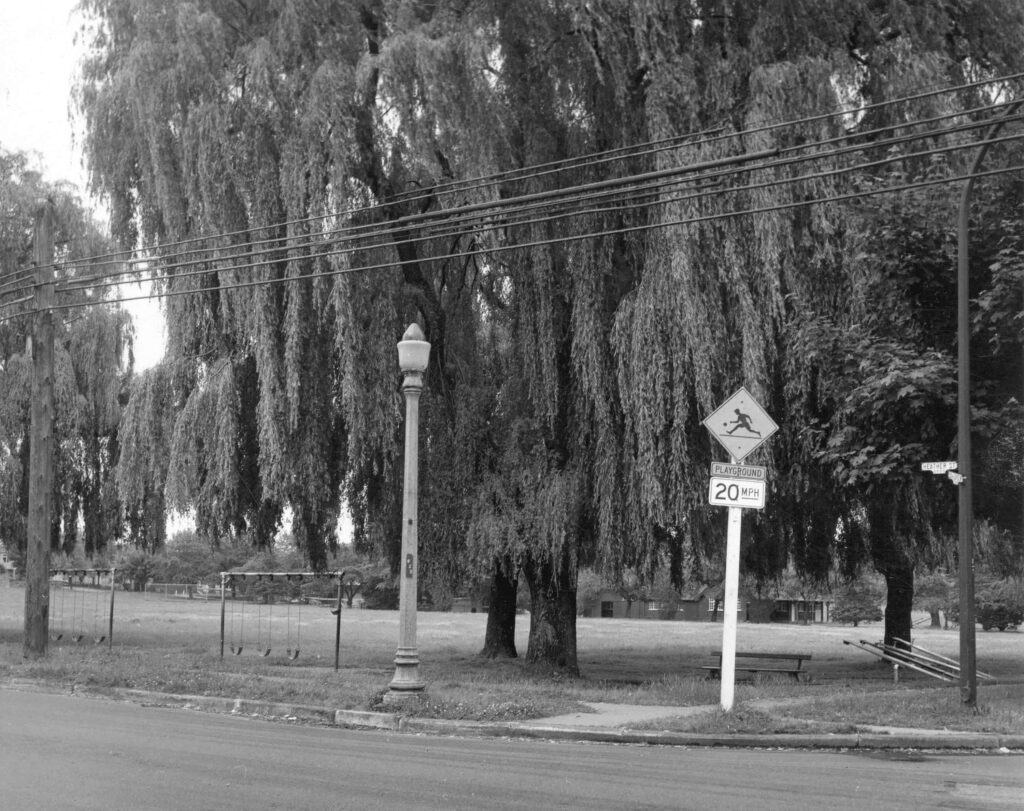
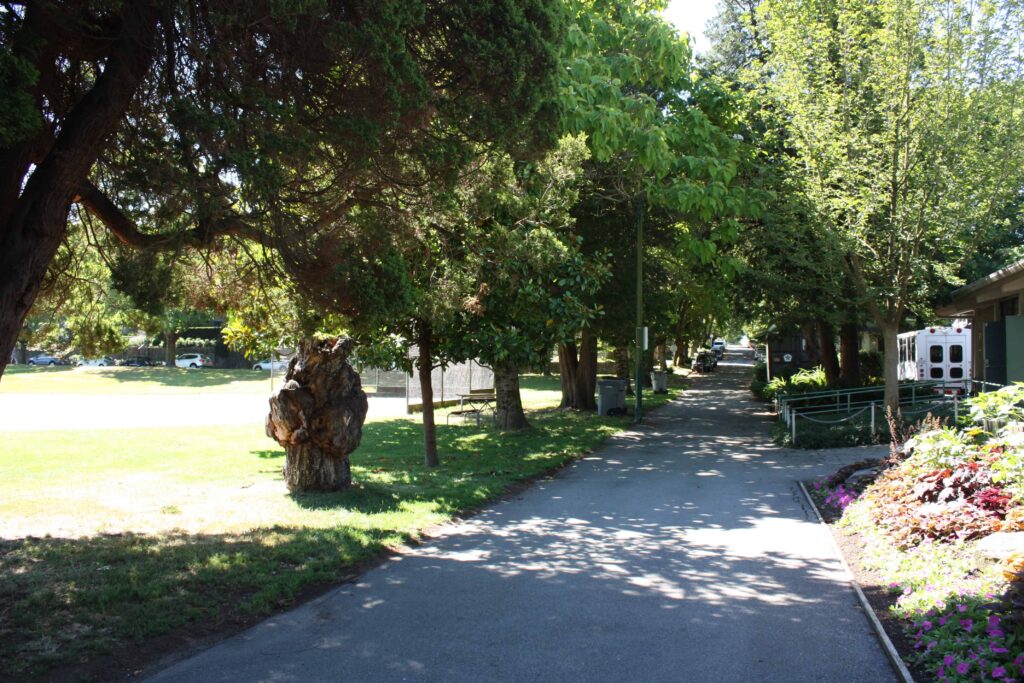
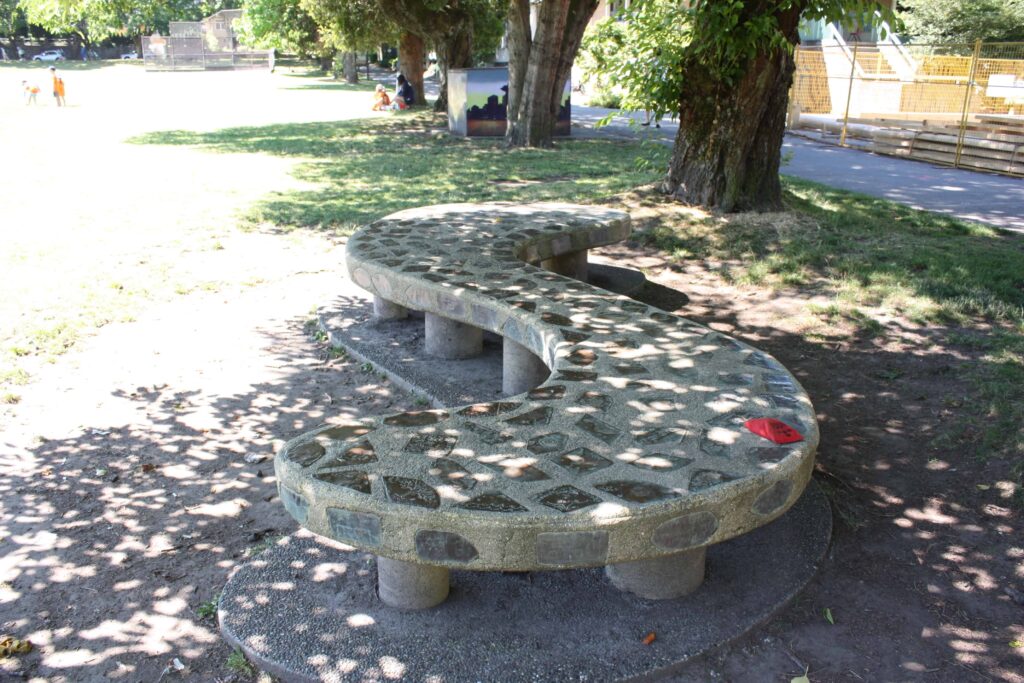
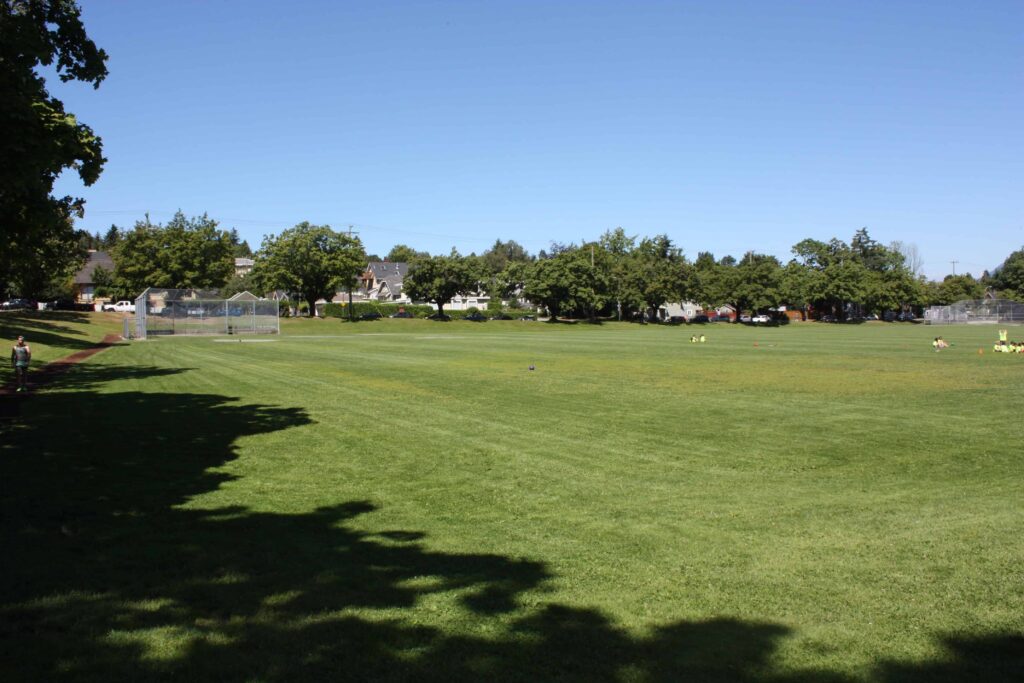
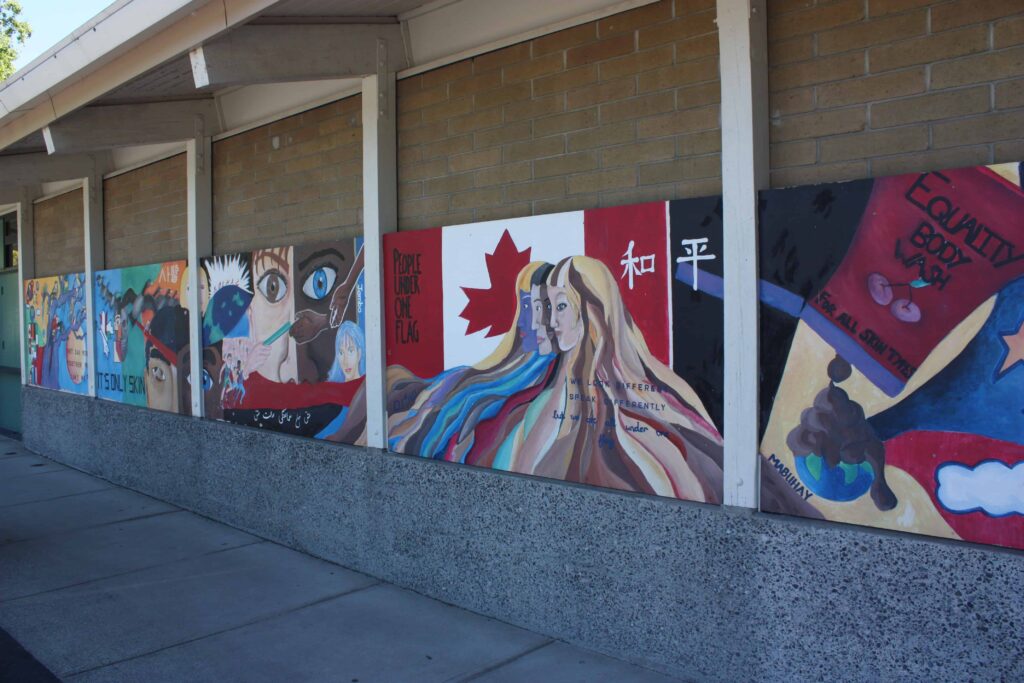
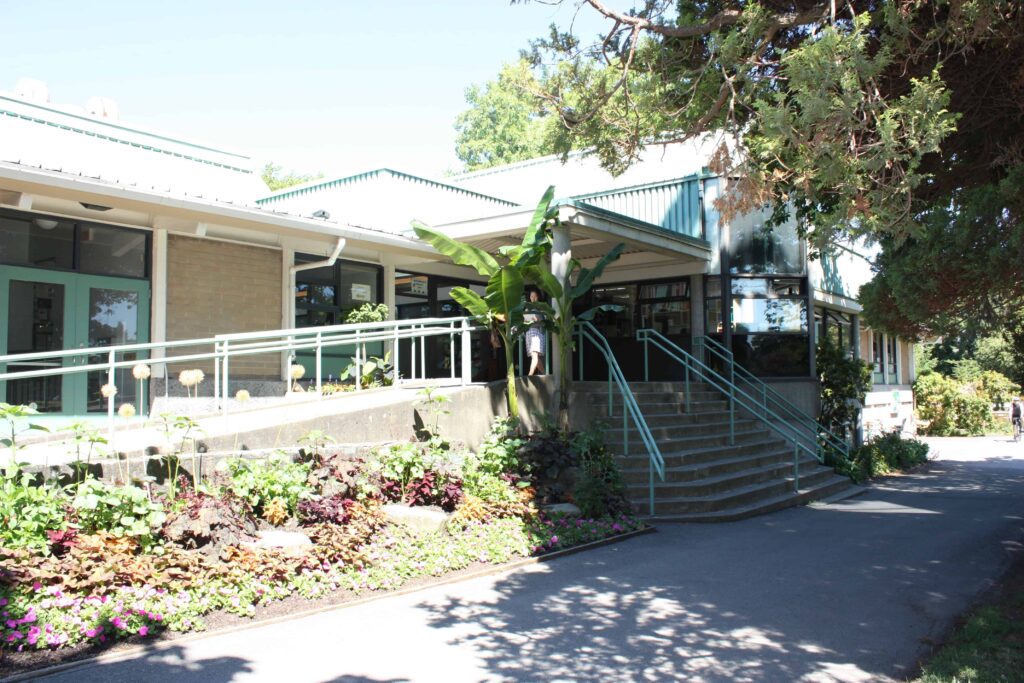
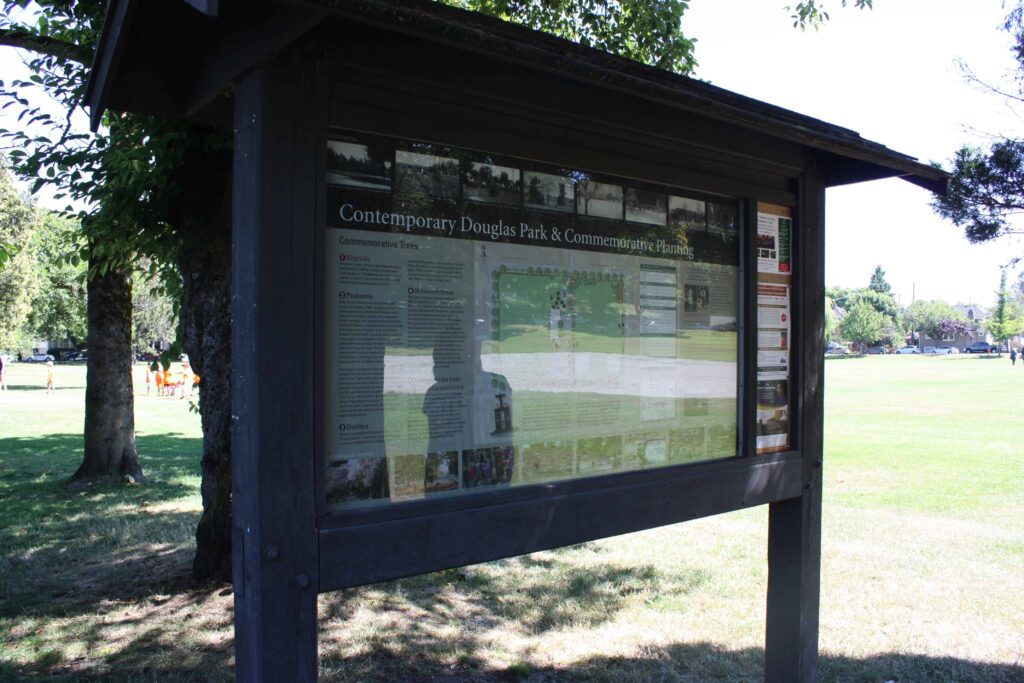
 Plaque presentation TBC 2023-24
Plaque presentation TBC 2023-24